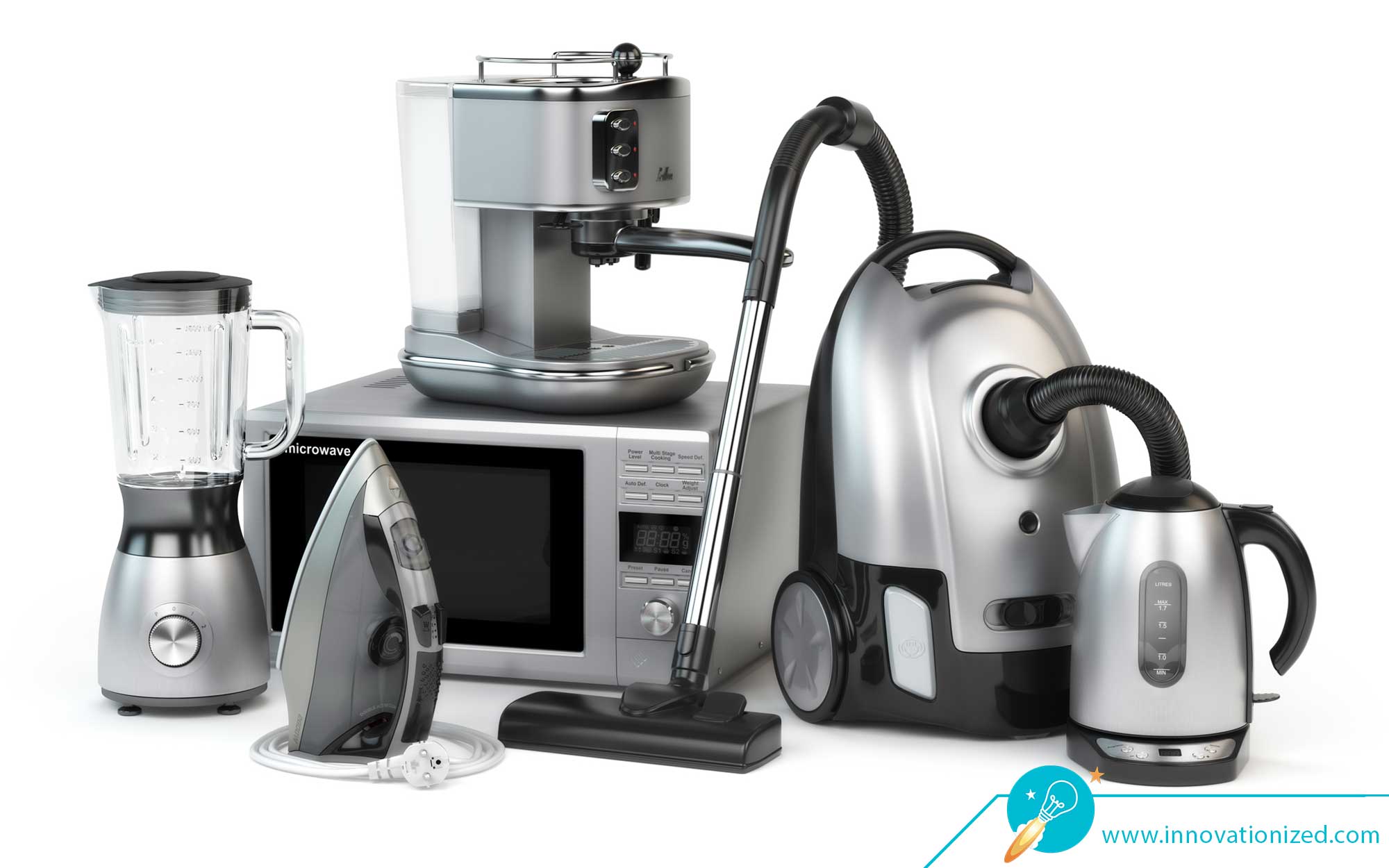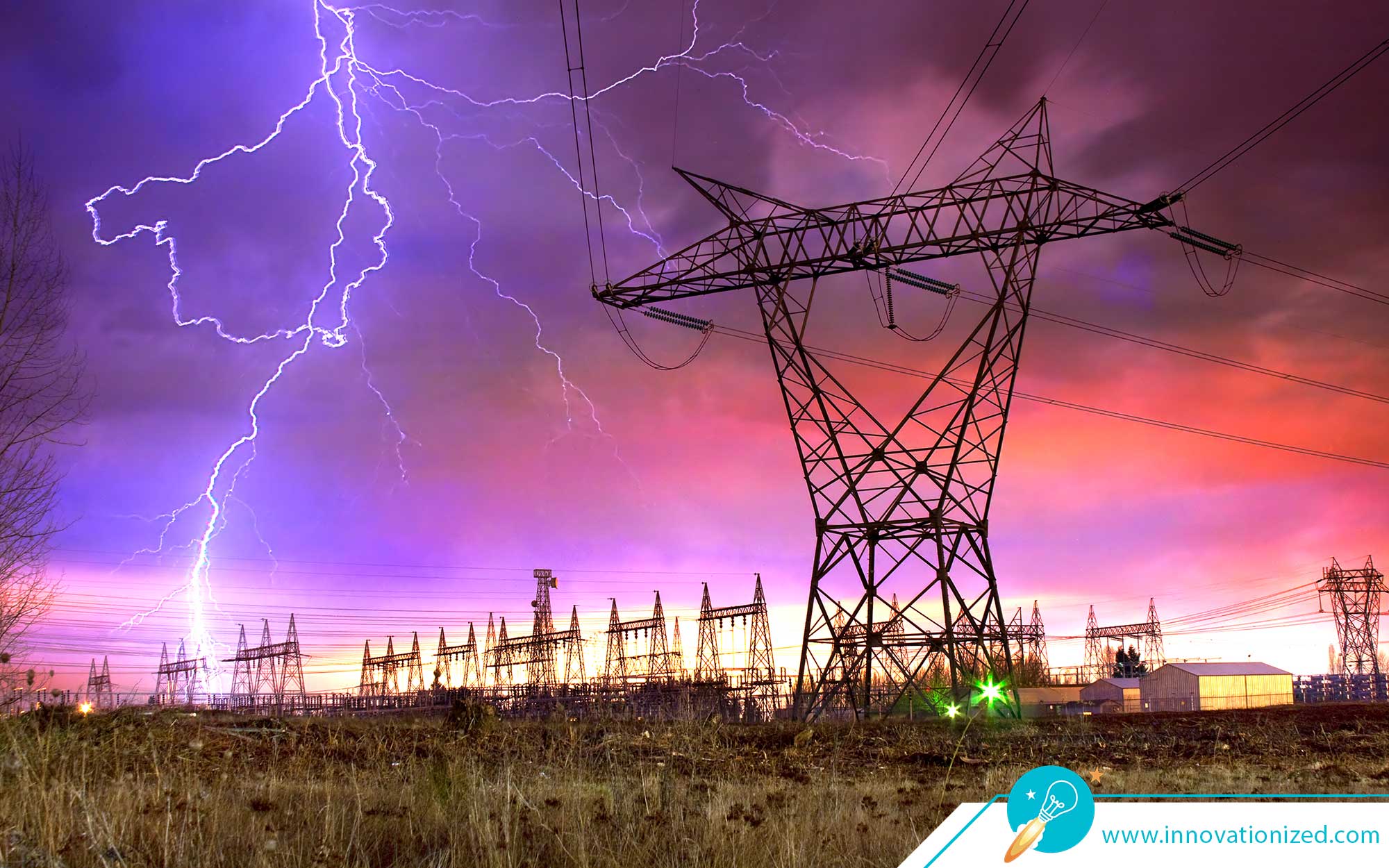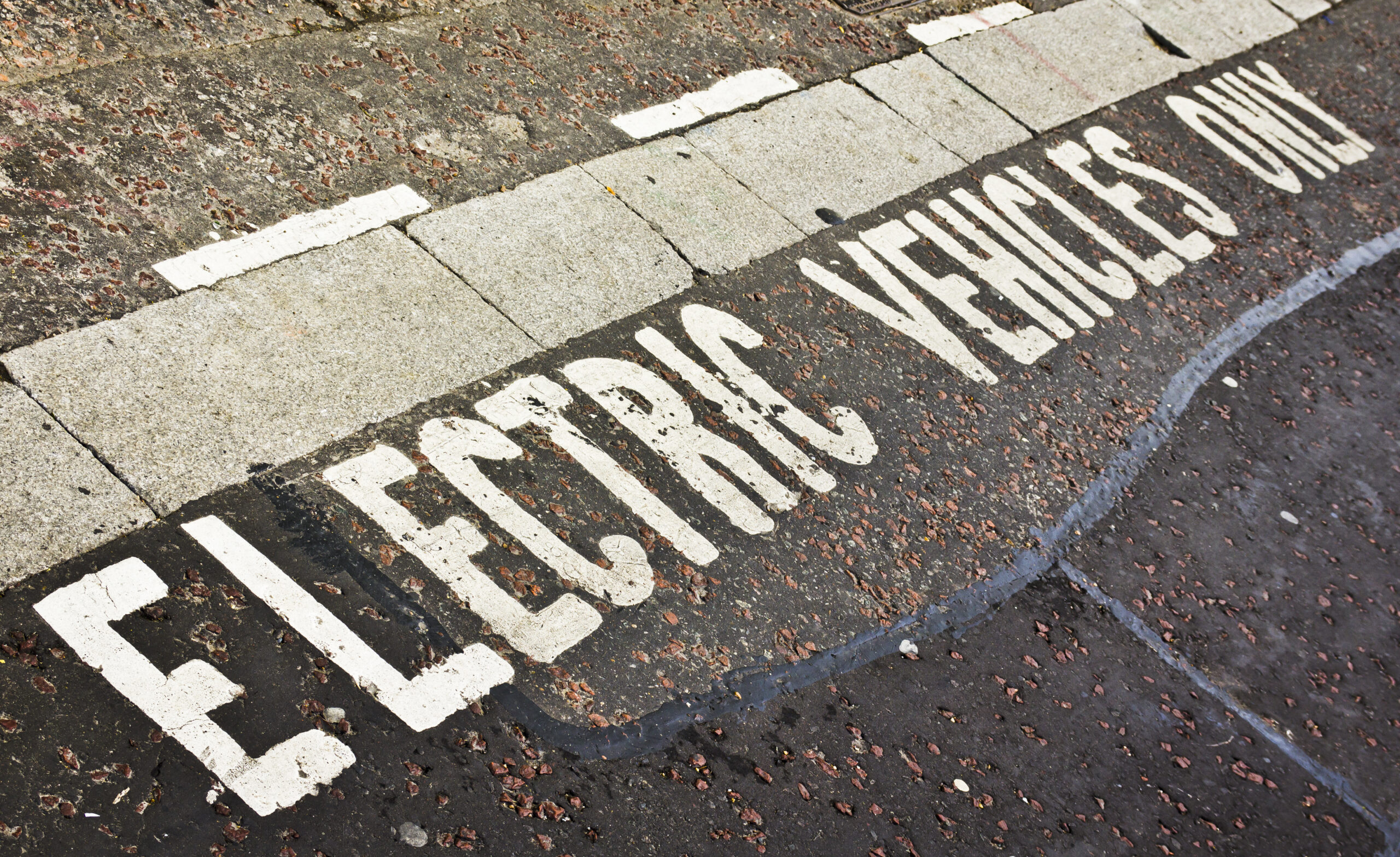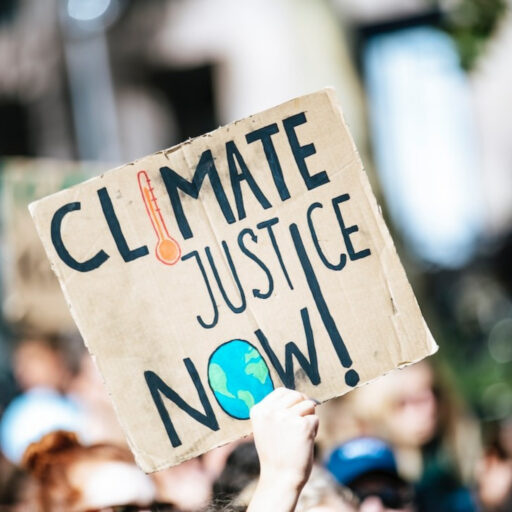In 2004 at my blog, Café Hayek, I launched a series of posts titled “Cleaned by Capitalism.” Each post describes – and is typically accompanied by a photograph of – an affordable and familiar modern good that makes humans’ immediate environment cleaner, safer, and more pleasant. Each of these goods is made available to the masses by innovative, competitive markets.
How the Environment is Cleaned by Capitalism
An example is the lightbulb. As I noted on my blog,
Before the electric light bulb, people at night used gas lamps (which were dangerous), fuel lamps (which were dangerous and dirty), and – for most of the time prior to the 20th century – candles (which also were dangerous and dirty).
Not only does the light bulb provide reliable and ample light, it does so without polluting our homes’, workplaces’, and play-places’ interiors. And being much safer than candles, fuel-burning lamps, or gas lamps, light bulbs are much less likely to ignite fires – fires that would burn down not only the buildings in which they started but also risk burning down surrounding buildings.
My series has three related purposes. The first is to explain that the relevant environment for humanity is not exclusively the outdoor and often-distant environment that we think of today when we encounter this word. Humans’ environment includes more than just the likes of the outdoor air that we breathe, the condition of the oceans and of far-away tundra, and the average temperature of the globe; humans’ environment includes also the cleanliness of the buildings in which we live, of the furniture on which we sit and sleep, of the clothing that we wear, and of the foods that we eat.
The second purpose of my series is to document, using examples from everyday modern life, the practically countless ways that innovative capitalist markets cleanse our personal environments of filth and perils that pose a far greater and more immediate threat to us than do global warming and the other the environmental conditions that are today regularly featured in the news.
The third purpose is to encourage readers to understand that, while capitalist production does indeed emit pollutants into the air and water, it also – and in the process – produces goods many of which make our everyday lives less polluted. Whatever are the costs of the ‘seen’ environmental effects of industrial production – effects such as carbon emissions and the risk of oil spills – these effects must be weighed against the benefits, including the unseen environmental benefits, of the very industrial activities that have as a by-product these ‘seen’ environmental effects.
There’s no question that the environment in which modern humans live is immeasurably cleaner, safer, and more pleasant than was the filthy and dangerous environment in which all of our pre-industrial ancestors lived.
How the Environment is Soiled By Socialism
But on this front not all the news is good. As innovative entrepreneurs in capitalist markets daily devise new goods and services to make our lives cleaner and safer, government officials are increasingly working to reverse this environmental improvement. Ironically, much of this government action is done in the name of improving the environment. This dismal reality was driven home to me recently by an e-mail from my friend Andy Morriss, a professor at Texas A&M.
Andy – who knows of the Café Hayek series “Cleaned by Capitalism” – was in London doing research at the British Library. He was prompted by the experience to send to me this e-mail:
I’m at the British Library this week doing research. They have what seem to be waterless urinals, with the predictable result that the men’s rooms reek of urine. So you should add ‘Soiled by Socialism’ to the series!
Unfortunately, there are enough instances of government soiling our environment to make Andy’s idea an excellent one. I’ll start that series soon. And waterless urinals are an ideal inaugural entry. I speak from personal experience because several years ago waterless urinals were installed in many men’s rooms on George Mason University’s Fairfax, Virginia, campus. Within a couple of months these men’s rooms were foul, with urine odor detectable even before entering the facility. So water was indeed ‘saved’ by avoiding flushing, but this ‘savings’ came at the high cost of rendering the men’s-room air and urinal surfaces unnecessarily repulsive and dirty.
By some miracle, George Mason eventually replaced the waterless urinals with proper water-flush ones. The improvement is noticeable and welcome.
Another example of “Soiled by Socialism” is government-mandated low-flow water faucets, showerheads, and toilets. At the very best, these low-flow devices simply fail to achieve their purpose of saving water, as people – to compensate for the lower flows – keep faucets and showers running longer, as well as flush toilets multiple times. But because water pressure, in addition to volume, contributes positively to cleansing one’s hands, body, and toilet-bowl interiors, we and our toilets do not get quite as clean with the low-flow devices as we would with higher-flow ones.
Or consider a new U.S. Department of Energy proposal to require manufacturers of automatic dishwashers – as reported by the Wall Street Journal – “to slash water use by a third, limiting machines to 3.2 gallons per cycle, down from the current federal limit of five gallons. New appliances must simultaneously cut estimated annual energy usage by nearly 30%.” As the Journal’s Editorial Board explains, “Americans have learned the hard way that stricter efficiency rules on already efficient appliances translate into higher costs, inconvenience, and ultimately waste.”
Regulations such as this one, of course, also make our immediate environments dirtier and, hence, less healthy. As the Journal’s Editors drolly put the matter to their readers: “Did you enjoy last night’s spaghetti, still crusted on the plate? Now you can taste it twice.”
Sadly yet predictably, our overlords in Washington aren’t content to further worsen the performance only of our dishwashers. Again, the Wall Street Journal’s Editorial Board is on target:
In recent months the Energy Department has proposed or finalized punishing new standards for ovens, microwaves, refrigerators and laundry machines (get ready for even moldier clothing). These come on top of rules for furnaces, air conditioners, and lightbulbs. In December the White House bragged that it had taken more than 110 efficiency actions for “appliances and equipment,” as if frustrating the daily household experience of millions of Americans is somehow a point of pride.
So I solicit your help with my soon-to-be-launched series, at Café Hayek, titled “Soiled by Socialism.” In what other ways do government regulations and environmental hysteria operate to make the environments in our homes, workplaces, schools, play-places, and vehicles less clean and sanitary than these would otherwise be? Please e-mail your suggestions to me at dboudrea@gmu.edu.
This article is courtesy of the American Institute for Economic Research. This article is licensed under a Creative Commons Attribution 4.0 International License, except where copyright is otherwise reserved. © 2023 American Institute for Economic Research.






